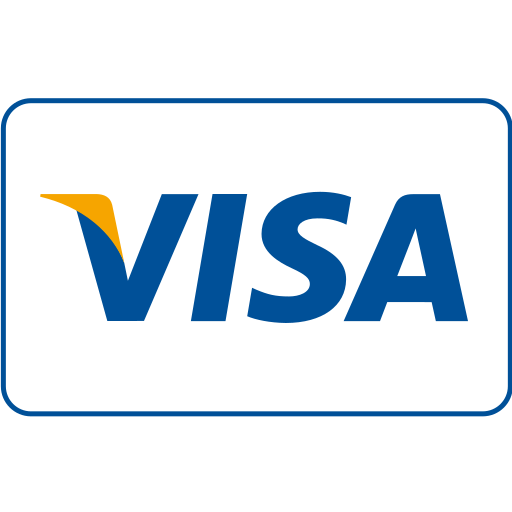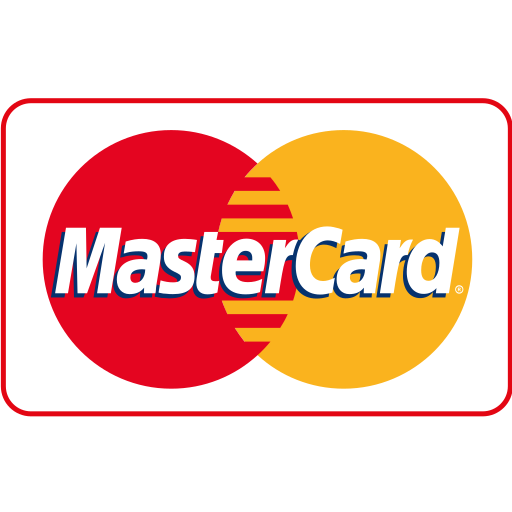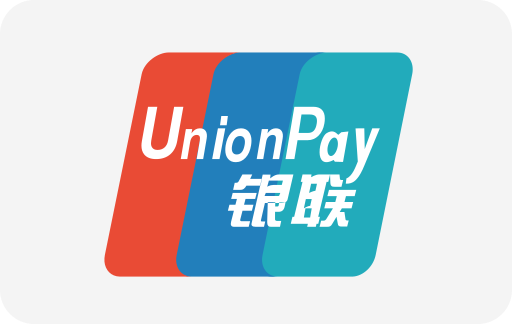
In the digital age, e-commerce is not just a trend—it's the future of retail. Whether you're a startup trying to break into a niche market or an established online retailer looking to scale, traffic is the lifeblood of your online store. But what if organic methods aren’t enough? What if you're tired of waiting for SEO to kick in or social media posts to go viral?
This is where buying traffic can become a game-changer for your e-commerce website.
In this comprehensive guide, we’ll explore how buying traffic can help your e-commerce business, the different types of paid traffic, how to measure ROI, and what to consider before diving in. We'll also touch on how buying traffic can be particularly useful in a competitive, tech-savvy market like Singapore and explain pricing strategies in SGD (Singapore Dollars).
Chapter 1: Understanding E-Commerce Traffic
Before we dive into the benefits of buying traffic, it's crucial to understand what "traffic" means in the e-commerce context.
What is E-Commerce Traffic?
E-commerce traffic refers to the number of visitors coming to your online store. This can include:
- Organic Traffic – Visitors who find your site via search engines
- Direct Traffic – Visitors who type your URL directly into their browser
- Referral Traffic – Visitors who come through links from other websites
- Social Traffic – Visitors from social media platforms
- Paid Traffic – Visitors acquired through advertising and promotions
Paid traffic, the focus of this article, refers to visitors driven to your site via paid advertising efforts like Google Ads, Facebook Ads, influencer campaigns, and more.
Chapter 2: What Does Buying Traffic Mean?
Buying Traffic 101
Buying traffic means paying to get more visitors to your site. This can be done through:
- Search Engine Marketing (SEM) like Google Ads
- Social Media Advertising on platforms like Facebook, Instagram, and TikTok
- Display Ads via ad networks like Google Display Network
- Native Ads that blend in with site content
- Influencer Partnerships where creators promote your store
- Affiliate Marketing where affiliates earn commission for sending traffic
This form of marketing is often called Pay-Per-Click (PPC) or Cost-Per-Mille (CPM) advertising.
Chapter 3: Why Buying Traffic Can Help Your E-Commerce Business
1. Immediate Results
Unlike SEO, which takes time, paid traffic can give you instant visibility. The moment your ad is live, potential customers can start arriving at your website.
2. Highly Targeted Audiences
Platforms like Google Ads and Facebook allow for hyper-targeted campaigns:
- Target by demographics (age, gender, income)
- Geographical targeting (e.g., focus on Singapore-based customers)
- Behavioral and interest targeting
This means you can put your products in front of people who are most likely to convert.
3. Scalability
Once you find a winning ad strategy, you can easily scale it. If you're making SGD $5 for every SGD $1 spent, scaling your ad spend makes financial sense.
4. Increased Sales and Revenue
More traffic means more potential sales. Even if your conversion rate remains constant, increasing the number of visitors can dramatically boost revenue.
Example:
If your store converts at 2%, and you buy 10,000 visitors at SGD $0.30 per click (SGD $3,000 total spend), that’s 200 orders. If your average order value is SGD $50, that’s SGD $10,000 in revenue—over 3x return on ad spend (ROAS).
5. Brand Awareness
Even if someone doesn’t convert right away, your brand is now on their radar. Paid ads often lead to increased brand recognition, which can influence future buying decisions.
Chapter 4: Where to Buy Traffic
1. Google Ads
- Pros: High-intent users, great for search-driven purchases
- Cons: Competitive in some industries, requires optimization
- Best for: Products with clear demand and high search volume
2. Facebook & Instagram Ads
- Pros: Visual products do well, advanced targeting
- Cons: May need to test multiple creatives
- Best for: Fashion, beauty, lifestyle, tech gadgets
3. TikTok Ads
- Pros: Viral potential, great for Gen Z
- Cons: Less effective for B2B or older demographics
- Best for: Trendy, fun, and visually appealing products
4. Pinterest Ads
- Pros: Strong intent-based traffic, especially for DIY, fashion, home decor
- Cons: Smaller user base in some countries
- Best for: Aesthetic or inspiration-based products
5. Influencer Marketing
- Pros: Builds trust, great for brand awareness
- Cons: Harder to track ROI, requires vetting
- Best for: Lifestyle, health, beauty, food, travel products
Chapter 5: Key Metrics to Track
When buying traffic, tracking performance is non-negotiable. Use tools like Google Analytics, Facebook Pixel, or Shopify Reports to monitor:
- Click-Through Rate (CTR)
- Conversion Rate
- Cost Per Click (CPC)
- Cost Per Acquisition (CPA)
- Return on Ad Spend (ROAS)
- Customer Lifetime Value (CLV)
Understanding these metrics helps refine your strategy and ensures your spending is effective.
Chapter 6: The Singapore Market – A Unique Landscape
Singapore is one of the most internet-savvy and mobile-first countries in the world. Here's why buying traffic works especially well in this market:
High Smartphone Penetration
Almost every adult in Singapore owns a smartphone. Mobile-friendly ads and sites convert better in this market.
High Purchasing Power
The average consumer in Singapore has a higher disposable income. Buying behavior online reflects a demand for quality and convenience.
Competitive Landscape
From electronics to fashion, the e-commerce space is crowded. Buying traffic helps cut through the noise and reach customers quickly.
SGD Pricing
Campaigns can be optimized for SGD, and local targeting ensures you're spending efficiently on the right demographic. For example:
- Facebook Ads in Singapore: Avg. CPC = SGD $0.60 – $1.50
- Google Ads for e-commerce: Avg. CPC = SGD $1 – $2
- Influencer sponsored posts: SGD $150 – $3,000+ depending on follower count
Chapter 7: How to Maximize ROI from Paid Traffic
1. Have a Clear Offer
Your ad should communicate exactly what the user gets and why it’s valuable. Use urgency, discounts, or bundles to entice clicks.
2. Optimize Your Landing Pages
No point driving traffic if the landing page is slow, confusing, or unoptimized. Ensure:
- Mobile responsiveness
- Fast load times
- Clear CTAs (Call to Action)
- Trust elements (reviews, guarantees, badges)
3. A/B Test Everything
From ad creatives to headlines to button colors—test, test, test. Small tweaks can yield major performance gains.
4. Retargeting Is Crucial
Retargeting allows you to bring back visitors who didn’t convert the first time. These users are warmer and more likely to purchase.
Platforms like Meta and Google offer powerful retargeting tools.
5. Use Lookalike Audiences
Once you have a base of converting customers, create lookalike audiences to find more people like them.
Chapter 8: Common Mistakes to Avoid
- Buying low-quality or bot traffic – Always use reputable ad networks
- Ignoring data – Analytics should guide every decision
- Over-targeting – Don’t narrow your audience too much initially
- Setting and forgetting – Regular optimization is key
- Not setting a budget – Always define your daily/monthly ad spend in SGD
Chapter 9: Budgeting – How Much Should You Spend?
There’s no one-size-fits-all budget, but here’s a sample framework for an e-commerce store in Singapore:
| Monthly Revenue | Suggested Ad Budget (SGD) |
|---|---|
| $1,000–$5,000 | $300–$800 |
| $5,000–$10,000 | $800–$2,000 |
| $10,000+ | $2,000+ |
Use the 80/20 rule: Spend 80% on proven campaigns and 20% on testing new creatives or platforms.
Chapter 10: When Is the Right Time to Buy Traffic?
- New Product Launches: Drive awareness quickly
- Holiday Sales & Promotions: Black Friday, 11.11, Christmas
- After SEO Plateaus: Boost traffic during flat periods
- Entering New Markets: Test interest before investing heavily
- Retargeting Campaigns: Re-engage previous visitors
Conclusion
Buying traffic is not a shortcut—it’s a strategic investment. It allows your e-commerce business to gain visibility, grow sales, and compete in highly saturated markets like Singapore.
With the right platform, targeting, and messaging, you can turn paid visitors into loyal customers and scale your business faster than relying on organic methods alone.
If you’re looking to drive real growth in your e-commerce business, especially in the dynamic and competitive Singapore market, then buying traffic might just be the smartest move you can make today.
We are the best Singapore marketing agency on the net.
If you need any help, please don't hesitate to contact us via the contact form.















WebSeoSG offers the highest quality website traffic services in Singapore. We provide a variety of traffic services for our clients, including website traffic, desktop traffic, mobile traffic, Google traffic, search traffic, eCommerce traffic, YouTube traffic, and TikTok traffic. Our website boasts a 100% customer satisfaction rate, so you can confidently purchase large amounts of SEO traffic online. For just 40 SGD per month, you can immediately increase website traffic, improve SEO performance, and boost sales!
Having trouble choosing a traffic package? Contact us, and our staff will assist you.
Free consultation